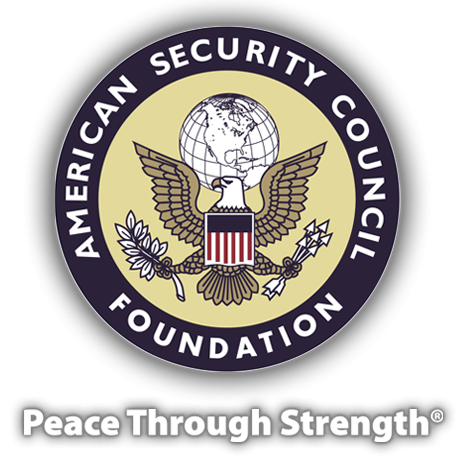The Three Pillars of NATO, Then and Now
A recent newspaper headline, ''NATO's Baltic Challenge,'' is a reminder that concerns about the expansion of NATO, voiced back in the 1990s, have really not been resolved. The accompanying article identified two major concerns of those who are skeptical of the commitment of all parties to the obvious growth of responsibilities that would ensue. First, that NATO was overreaching in Eastern Europe, and second, that the loss of territory would be a festering sore in Russia and therefore a potential flashpoint for future trouble. That article, and numerous others, also referred to the underlying concern about the true commitment of every nation to NATO Pact Article 5 that requires acceptance of the provision that an attack on one ally is an attack on all allies.
My concerns back in the day were expressed in articles in ARMY. I did not agree that NATO was overreaching, but rather that it was considering only economic and political - not military - terms to justify the expansion. At the time, and still, NATO was considered the most successful military pact ever formed. However, its need was being questioned as the collapse of the Soviet Union and the Warsaw Pact coincided with demands for peace dividends among the NATO nations.
Three Pillars
The success of NATO was built on three pillars, the first being acceptance of Article 5 by the signatories. At the time, the original 12 nations agreed unanimously.
The second pillar was the organization of a force, stationed in Western Europe, that was sufficient to provide a credible deterrent to a potential enemy. The British, Canadian and U.S. long-term commitment added strength and permanence to the forces committed. A consistent pattern of training exercises demonstrated a readiness and capability to satisfy the requirements of a General Defense Plan designed to deny any incursion through NATO's eastern borders.
The third pillar was the biennial RE-FORGER - '' Return of Forces to Germany'' - exercise that demonstrated the readiness and ability to reinforce forward stationed forces with additional divisions and supporting forces required for sustained operations.
The training and exercises were of serious interest to Warsaw Pact intelligence. The Soviet Military Liaison Mission, stationed in Frankfurt, Germany, deployed monitoring teams to follow NATO contingents along their routes of march, positions occupied and preparedness activities. The deterrence effected by those pillars can never be established or measured, but years of no war in Europe are testimony that ''peace through strength'' is a worthy policy.
NATO's military capabilities today are moribund, but the capabilities needed to guarantee their original purpose for the expanded area of the later joined nations is not universally accepted. Restoration and some rebuilding of the three pillars require attention. The threat is not the same, force requirements are not the same, capabilities require adjustment and new technologies have had major impacts on operational plans and capabilities. Border defense is still the first requirement but now the Baltic and Balkan states must assume the task. Their initial reaction to any incursion must prove painful and costly for the enemy and sustainable by those states until reinforcement arrives. The total force available for immediate action must be credible and has to demonstrate its readiness by the same kinds of exercises previously conducted.
There are political ad economic decisions affecting such restoration. Acceptance and determination to fulfill the guarantee of Article 5 of the NATO Charter should be publicly announced by every member nation and every nation that aspires to join. Budgetary decisions should not be too difficult. U.S. rebuilding is already underway and the general agreement that expenditures up to the 2 percent of gross domestic product is already an acceptable standard and not many costs require exceeding that number. Modernization and research and development costs are required but not because of the restoration needs.
Recommitment of Forces
A recommitment of British, Canadian and U.S. forces to a more stable on-the-ground second pillar would help restore credibility. Rotating brigades only provide a new organization that must study and learn the gross domestic product requirements, reconnoiter the terrain, accustom leaders to the NATO command and control systems and practice for its newly acquired role. Brigades and divisions permanently stationed for that role are a much more credible asset than ones looking forward to returning to join their left-behind families.
NATO is capable of restoring its purpose and its capabilities but only if the political decisions to do so are made without delay.
Gen. Frederick J. Kroesen, USA Ret., served as vice chief of staff of the U.S. Army and commander in chief of U.S. Army Europe. He is a senior fellow of the Association of the U.S. Army's Institute of Land Warfare and First Vice President of the American Security Council Foundation.











